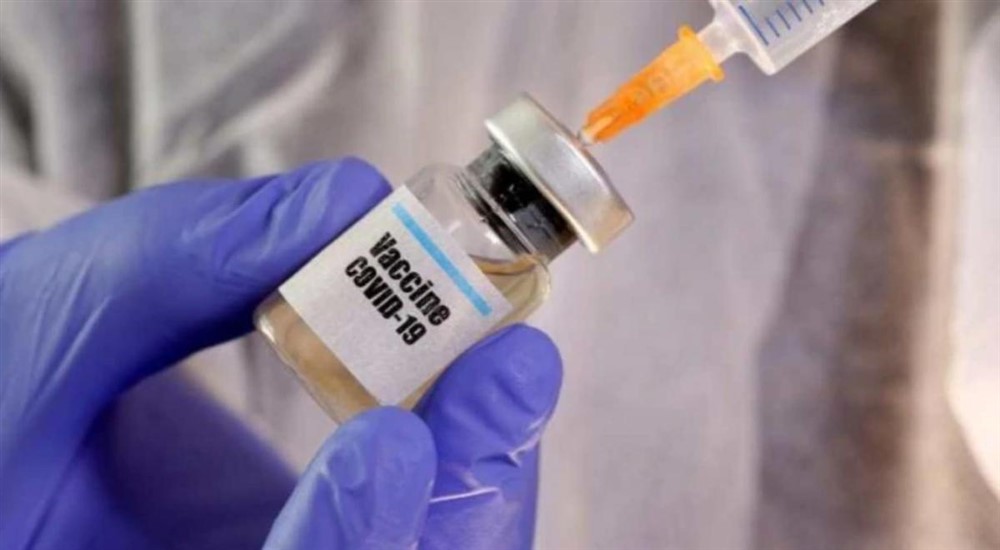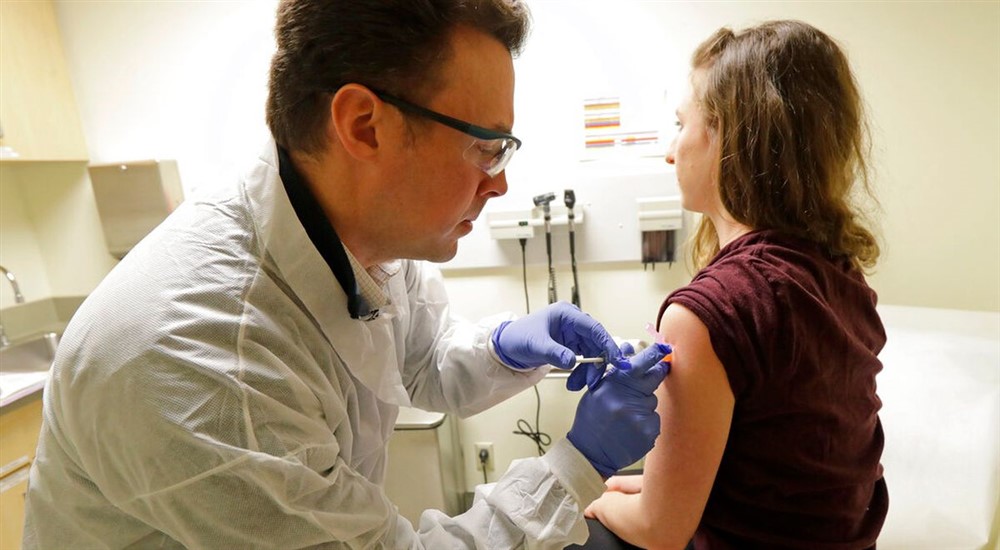Whether it’s for a new vaccines or potential drug treatments to tackle COVID-19, trials pass through similar stages. Trials generally go through five stages; first, the preclinical testing period, then three phases of different testing on humans before a final fourth phase, where the va ccine is monitored after its turn out. As coronavirus vaccines hurtle through advancement, scientists are getting at the preclinical testing period of vaccine development.
The oxford university had started Human Trials around a month ago. The world had been given a beacon of hope in the fight against novel coronavirus with the news of the oxford vaccine group getting into Human trials. The purpose of the human trials is to test the newly developed vaccine for its effectiveness and side effects on humans.

The human trial aims to see whether this new vaccine called ChAdOx1 nCoV-19 can immune the healthy volunteers against the novel coronavirus. Scientists need to demonstrate the vaccine works and stops people from getting infected with novel coronavirus before it can be produced and used for masses. It targets the “spikes” on the virus surface with antibodies that stick to them, then the immune system can attack the virus.
Up to 1,102 participants have been recruited across multiple sites in Oxford, Southampton, London, and Bristol. Volunteers must be aged between 18 and 55 and cannot have tested positive for Covid-19. They must be in good health and be based in one of the recruiting areas. They must not be pregnant, intending to become pregnant, or breastfeeding during the study. Participants cannot have received any other coronavirus vaccines.
Half the volunteers taking part in the trial will be injected with ChAdOx1 nCoV-19 while the other half will be given a meningitis vaccine that will be used as a control for comparison. Volunteers will not know which vaccine they have received. The volunteers will get a logbook to record their temperature every day and write down how are they feeling. They also have to report any unusual effects or discomforts happening in the body after the vaccine is injected into the body.

Different volunteer groups have gotten a different amount of dosage of the prospective vaccine to compare the effectiveness of the vaccine. The oxford report on the ChAdOx1 Nov-19 tested on monkeys is not looking very promising. The vaccine ChAdOx1 nCoV-19 protected the animals from developing viral pneumonia but did not stop them from catching the infection.
The trial of the rhesus macaque monkeys have underlined that the vaccine may be effective in reducing the severity of the disease, it is certainly not able to prevent infection in the animals. The Pune-based Serum Institute of India which is the world’s largest vaccine maker by volume had also tied up with the Oxford University to mass-produce the vaccine if they were proven effective. The plan was to produce 60 million doses of the potential vaccine candidate in a year.
As for now the animal trials for the vaccine as a cure has failed, but Sarah Gilbert, professor of vaccinology at Oxford University’s Jenner Institute said “We don’t need any more data from animal trials to continue,” she says. “If we get human efficacy, we’ve got human efficacy, and that’s what matters. While we can argue whether the vaccine will be developed in 12 months,18 months, or by this September it is important to have realistic expectations from these vaccines and continue practicing social distancing to keep ourselves safe.








